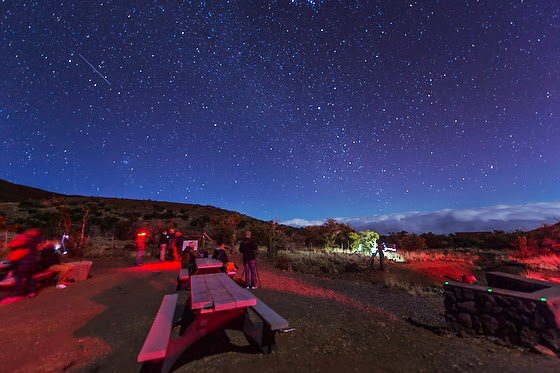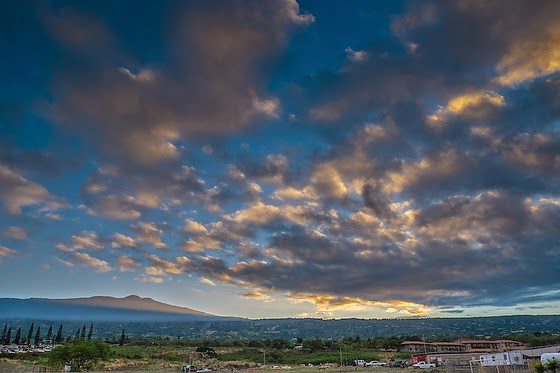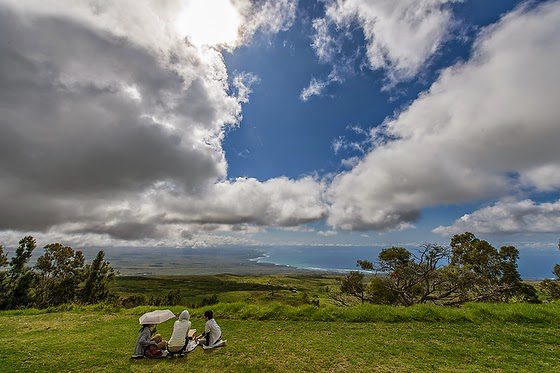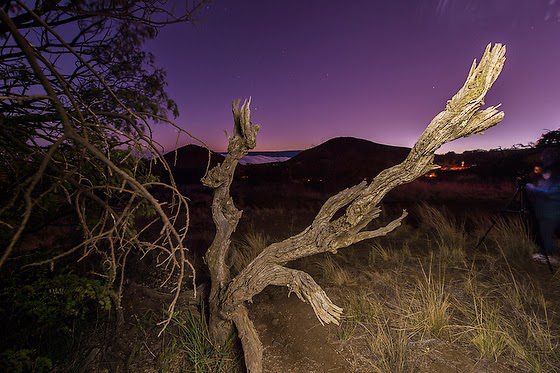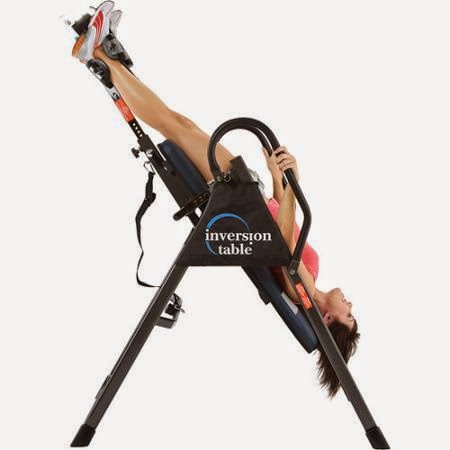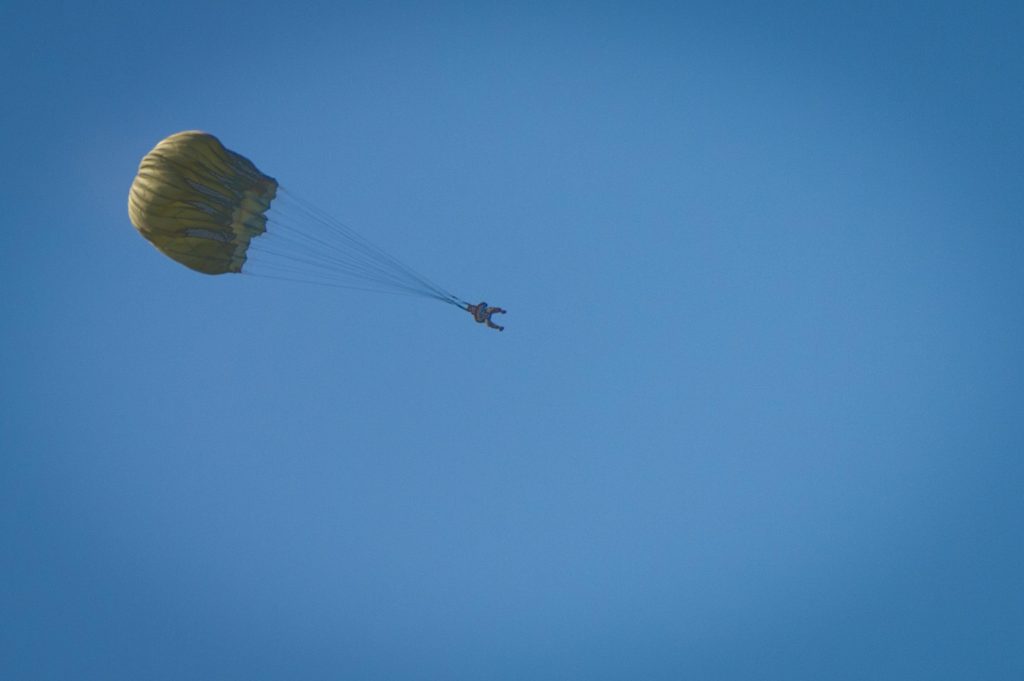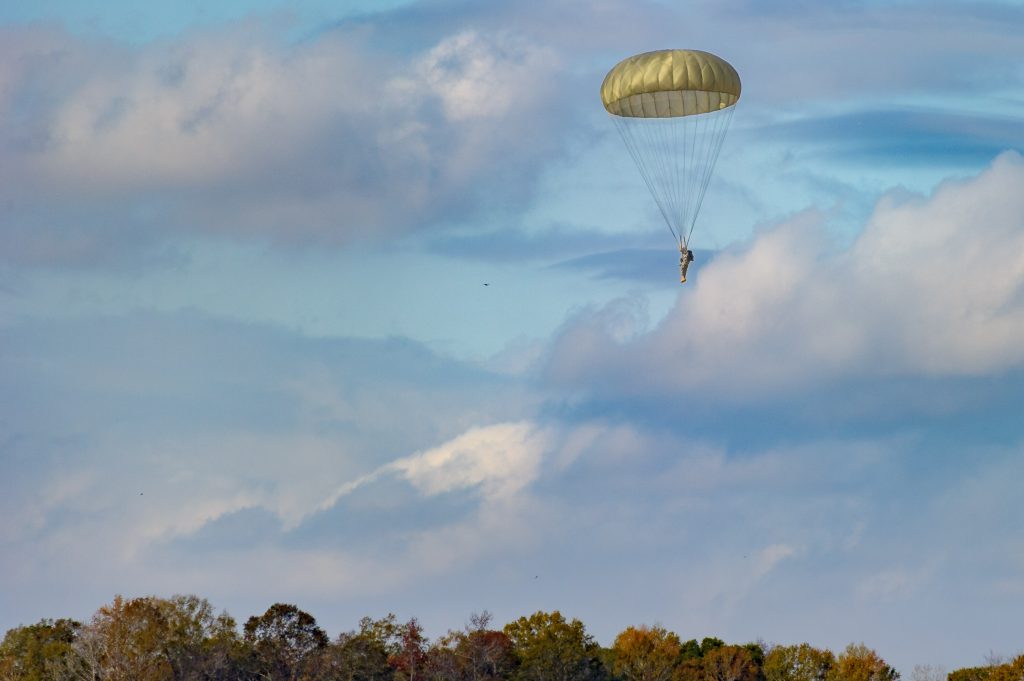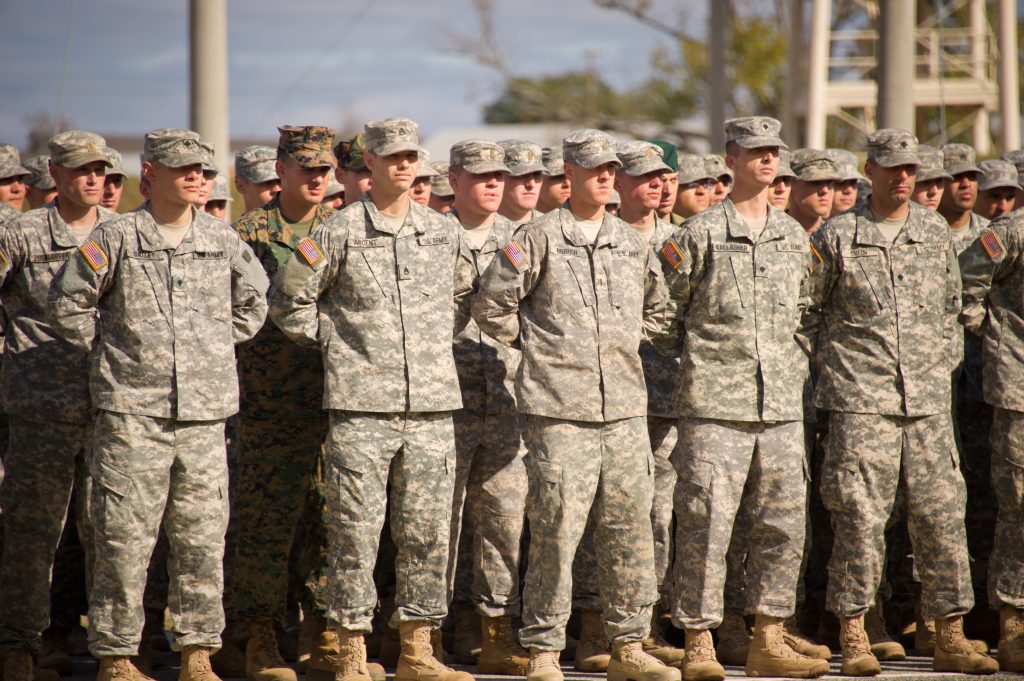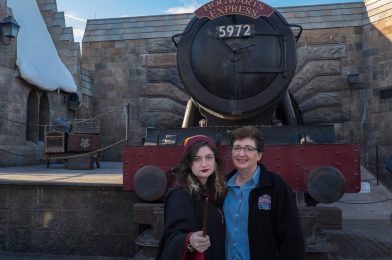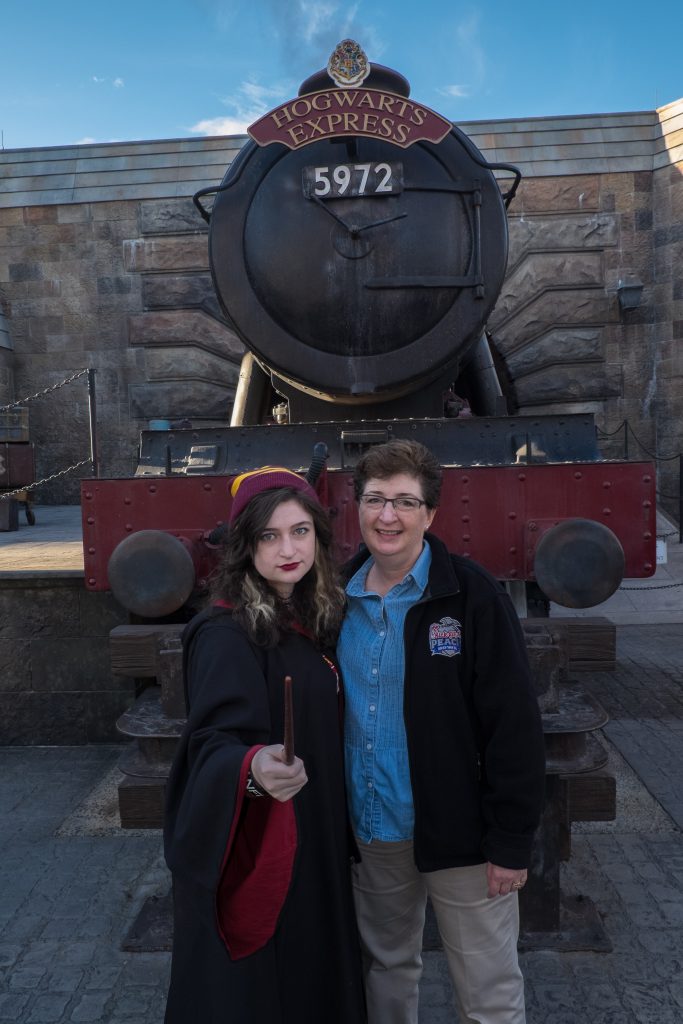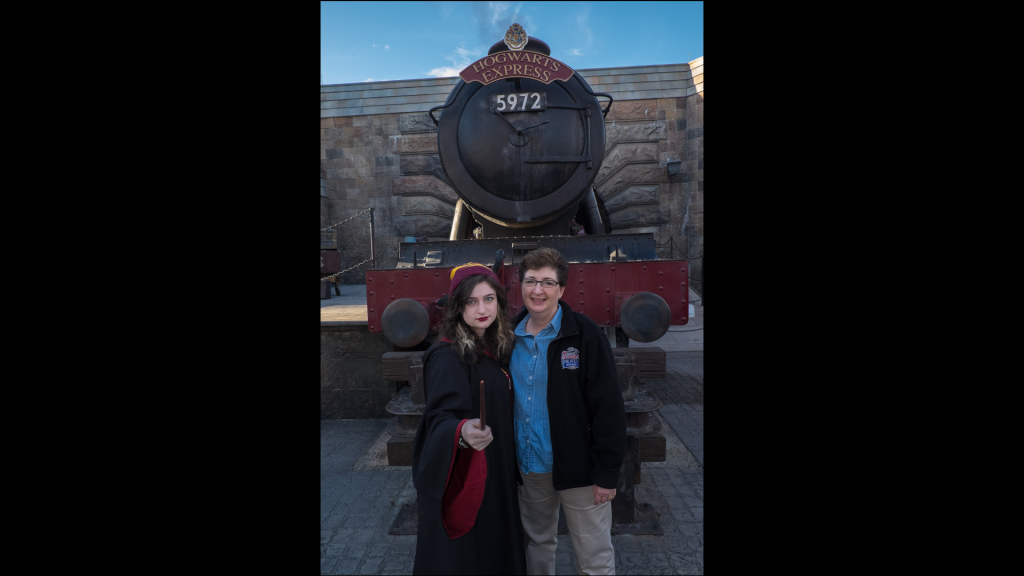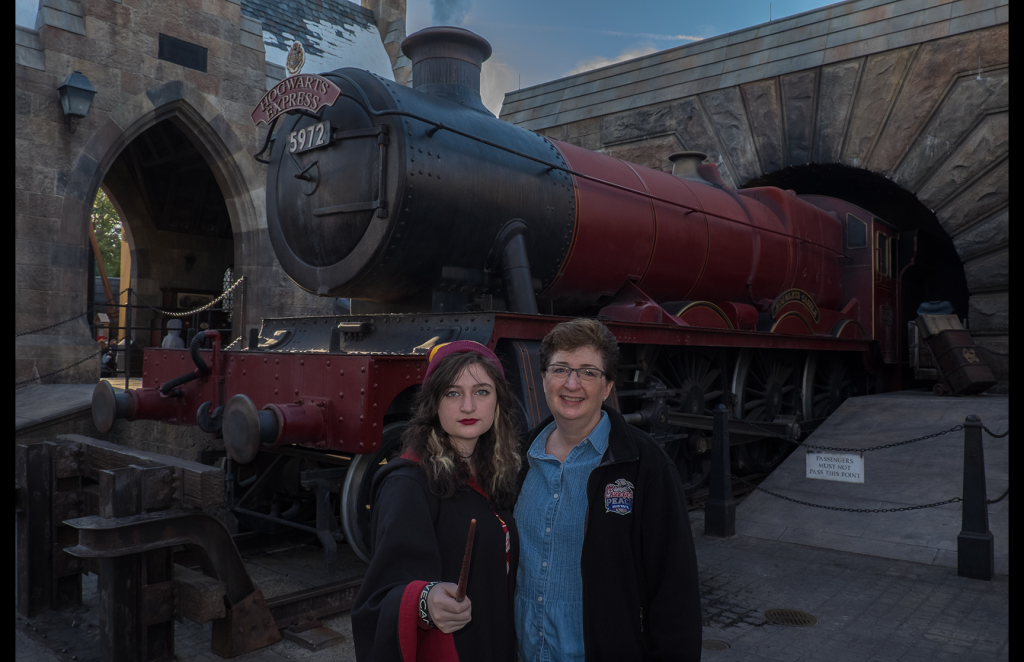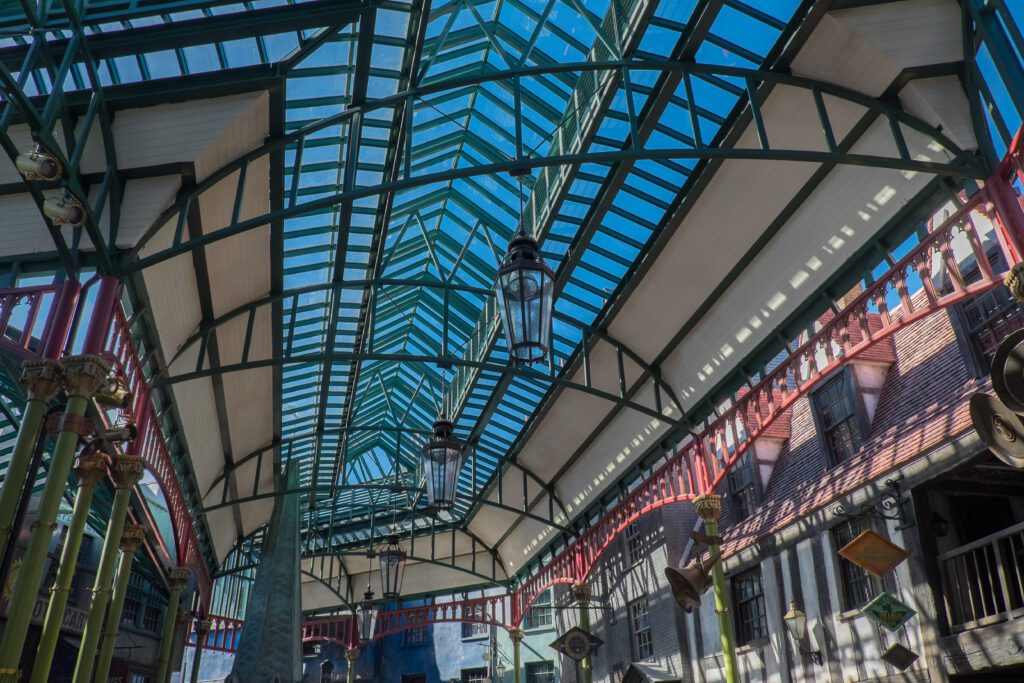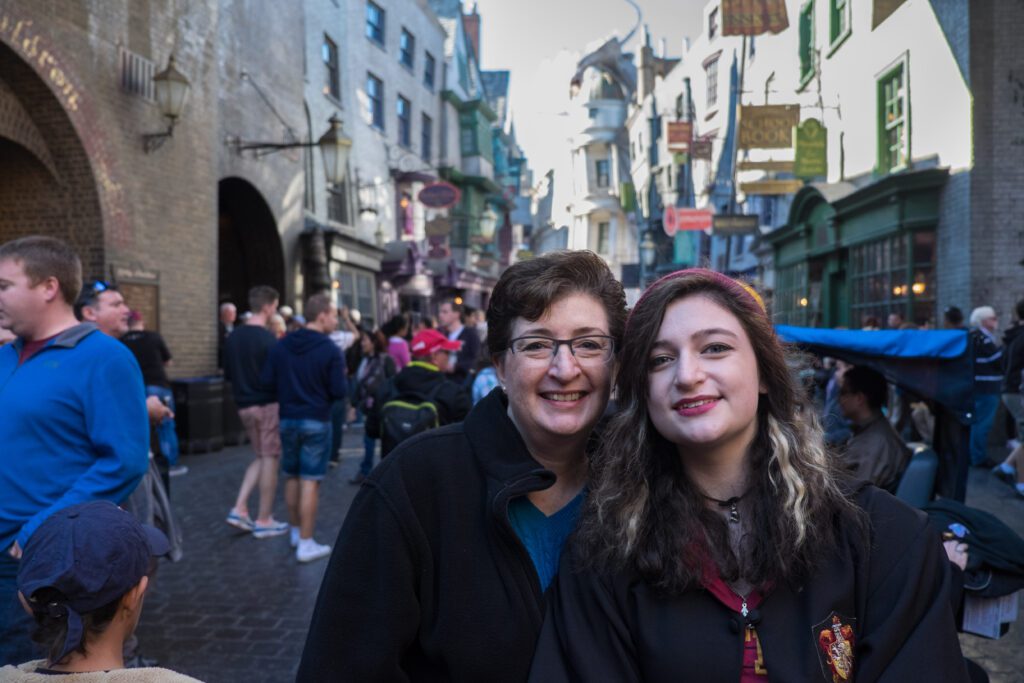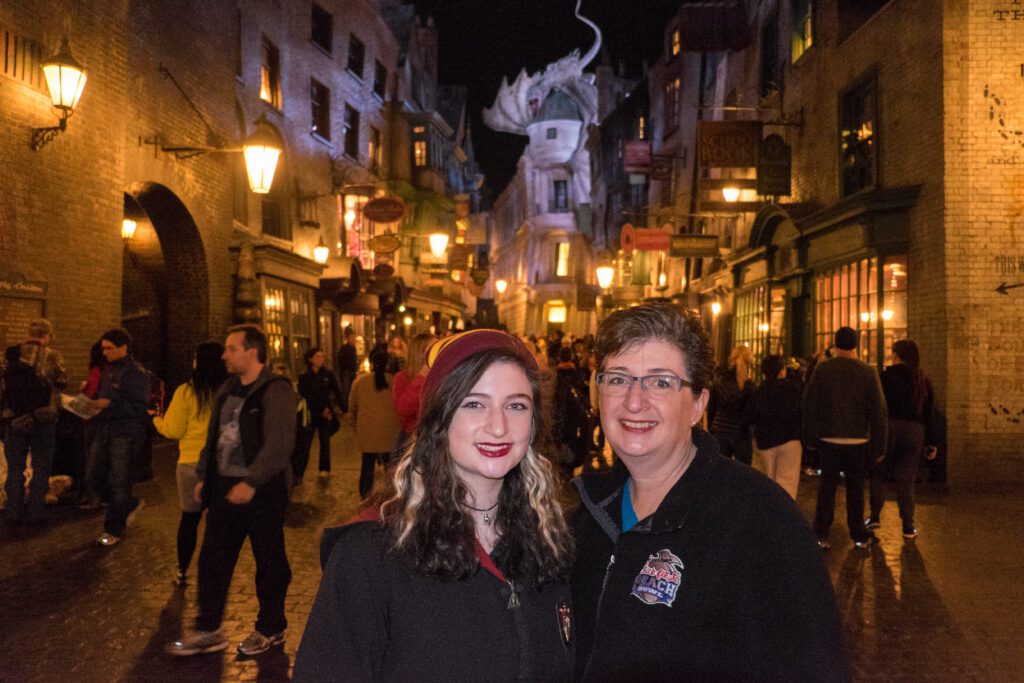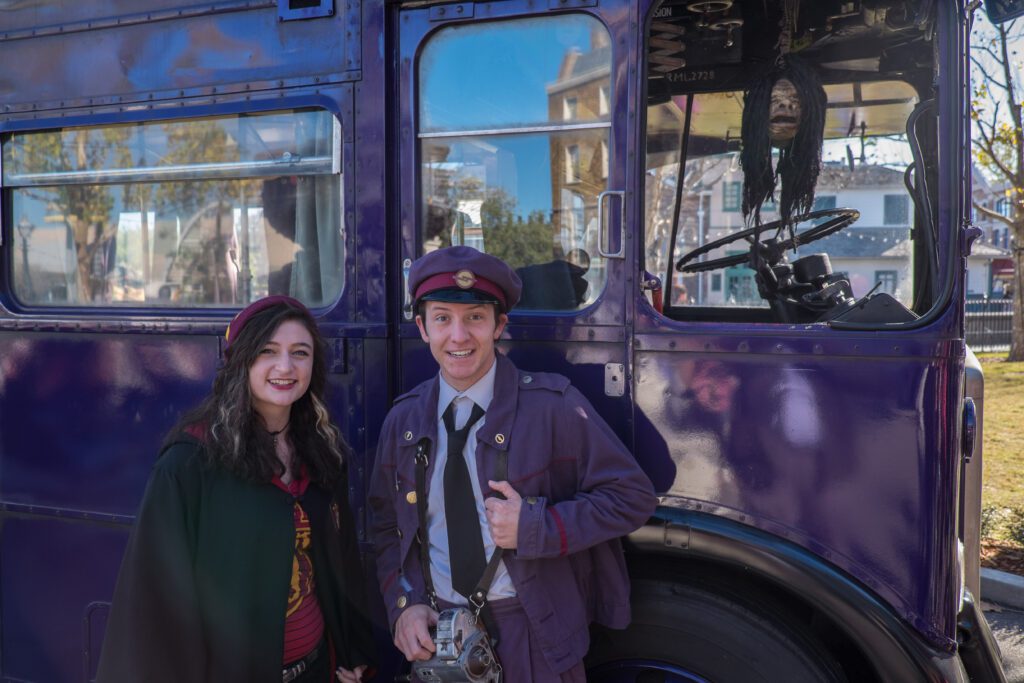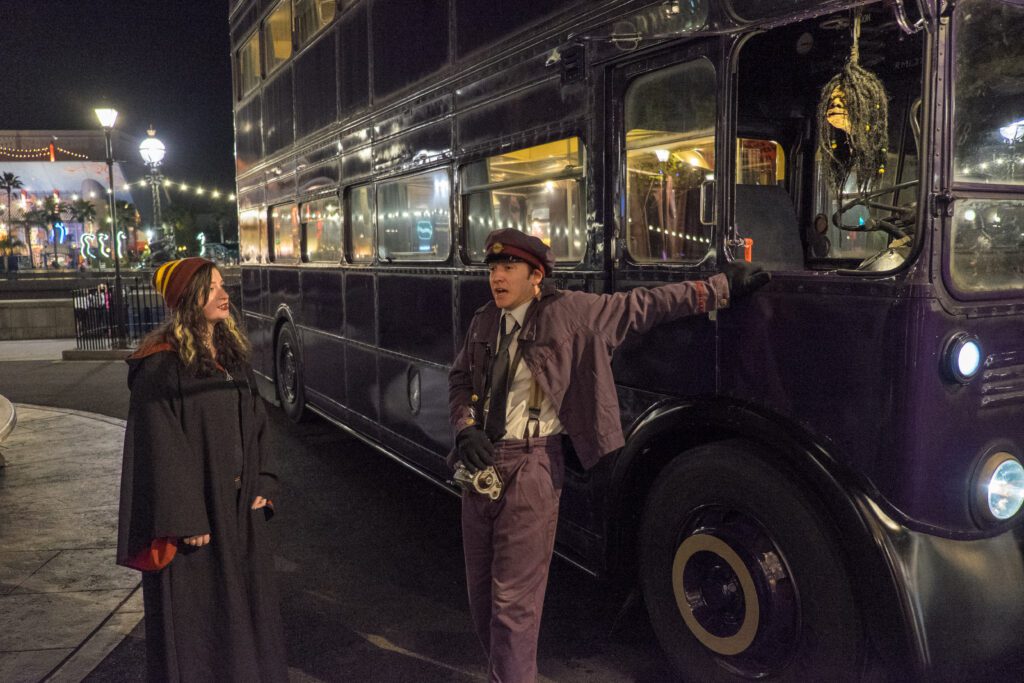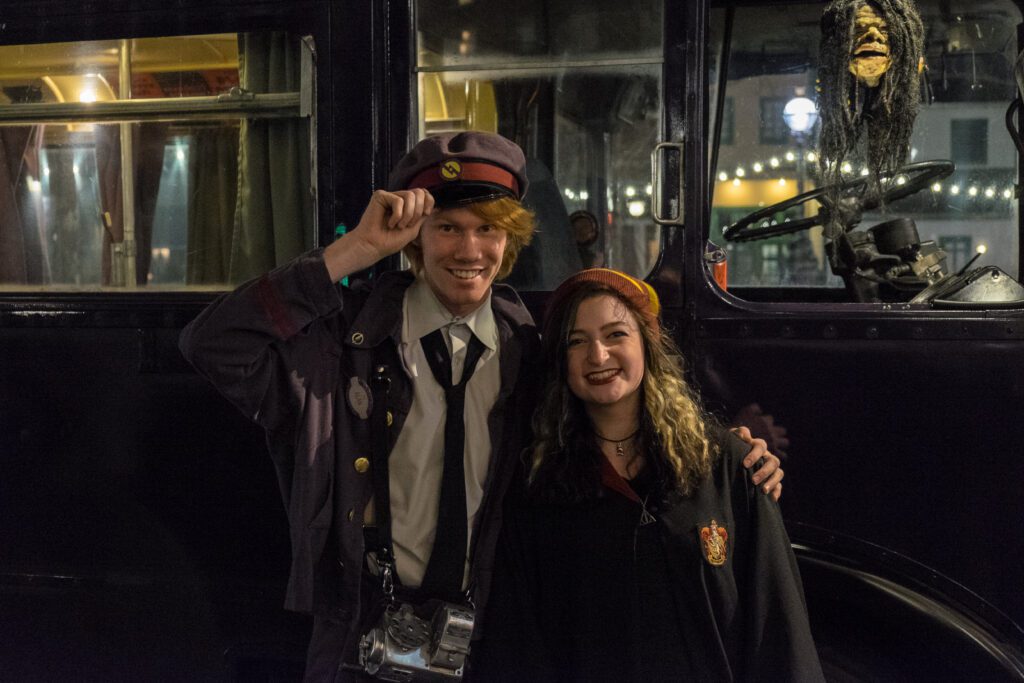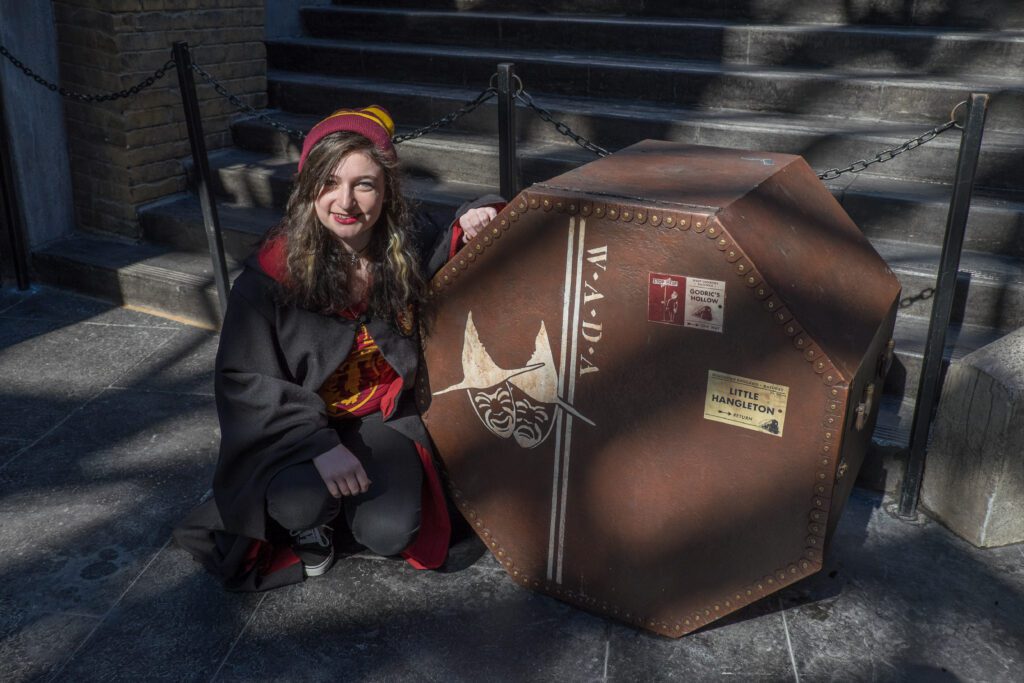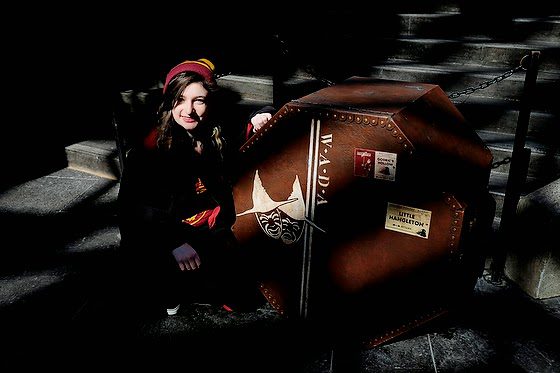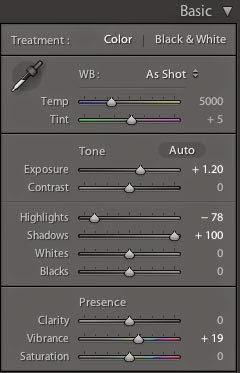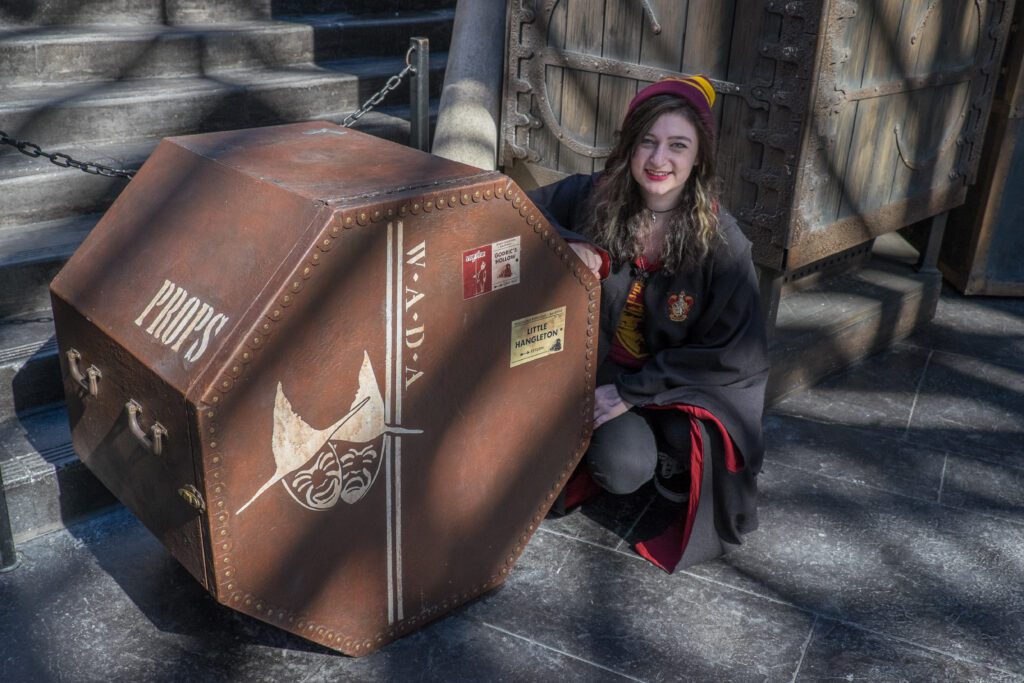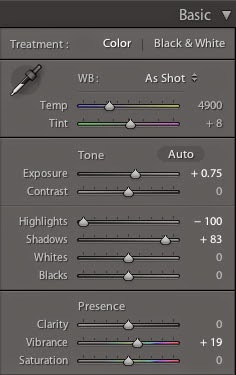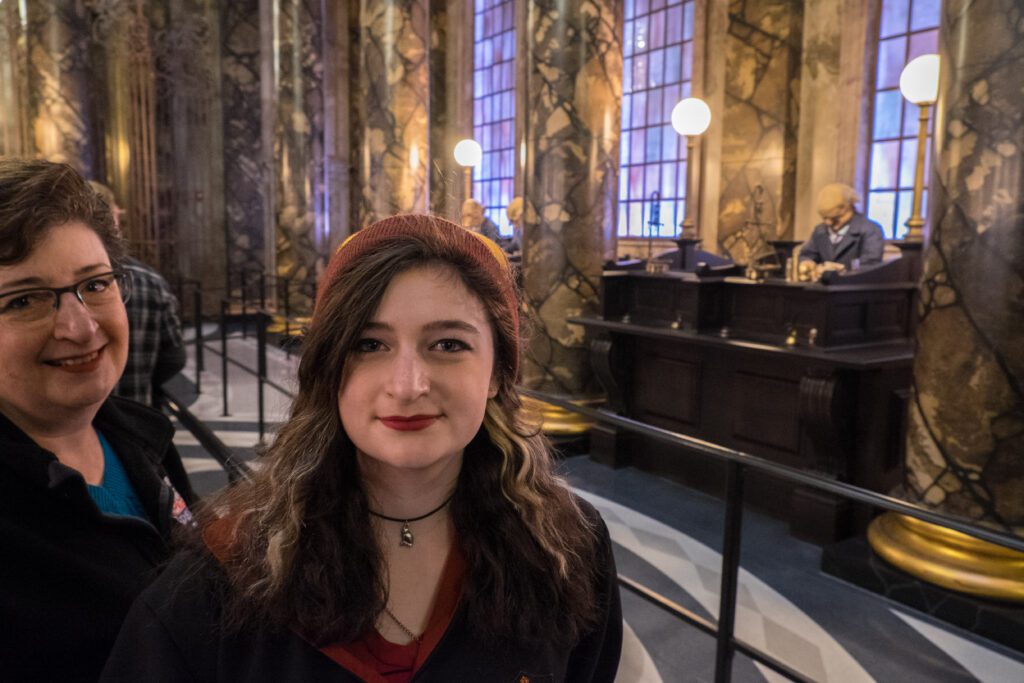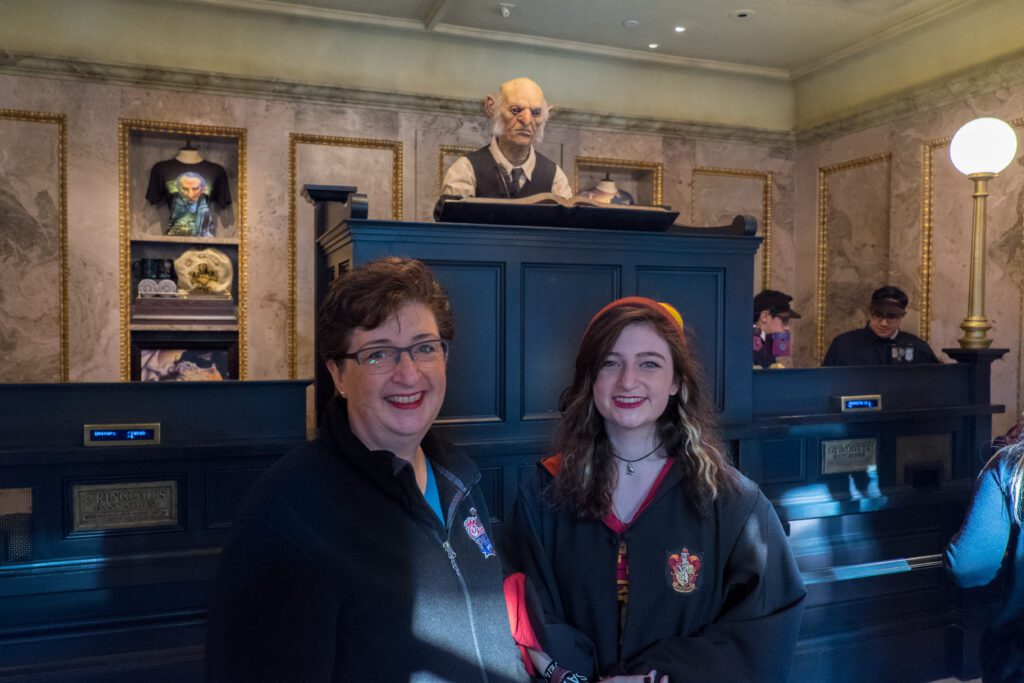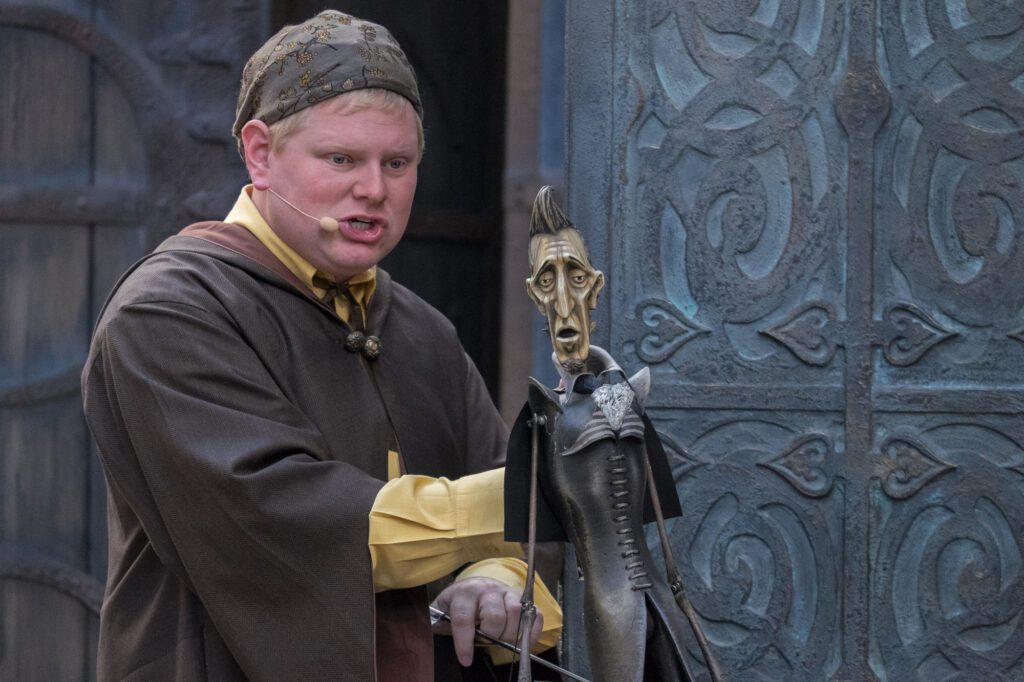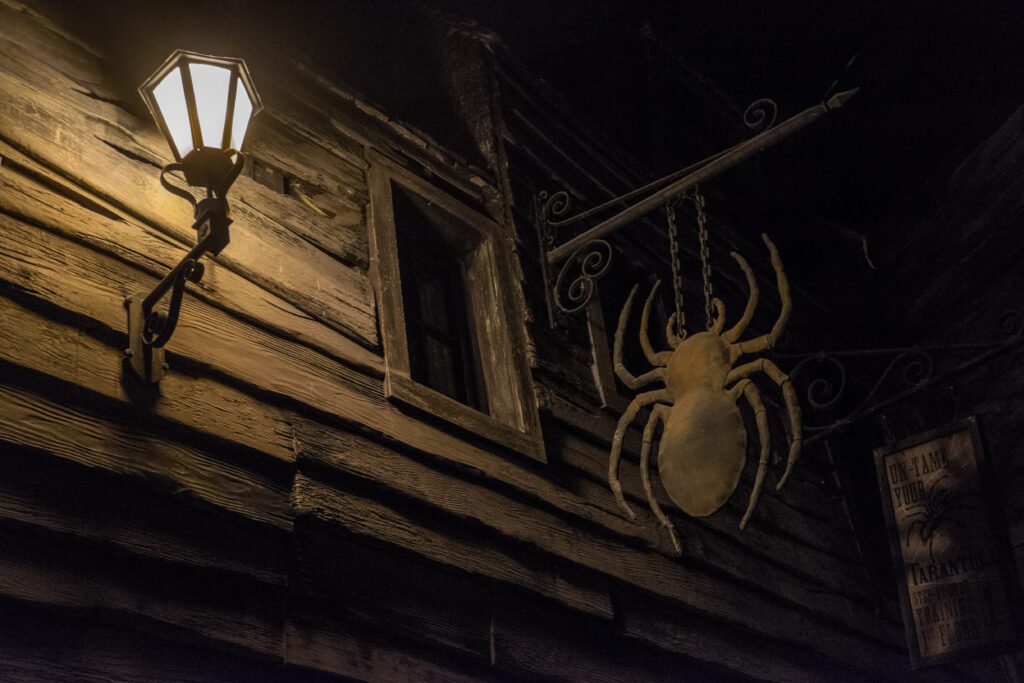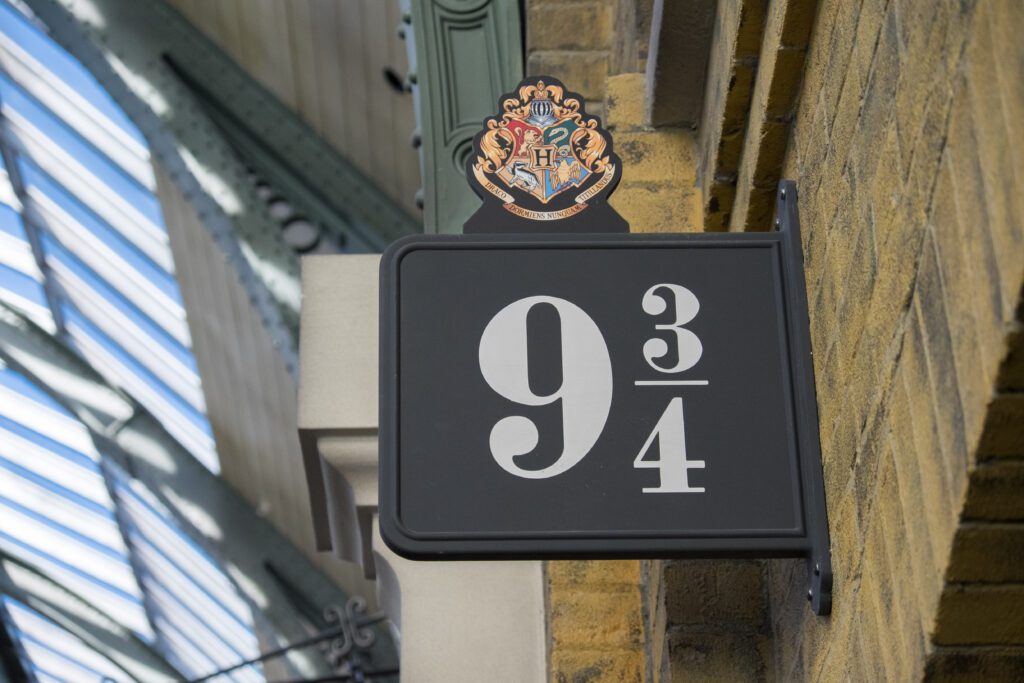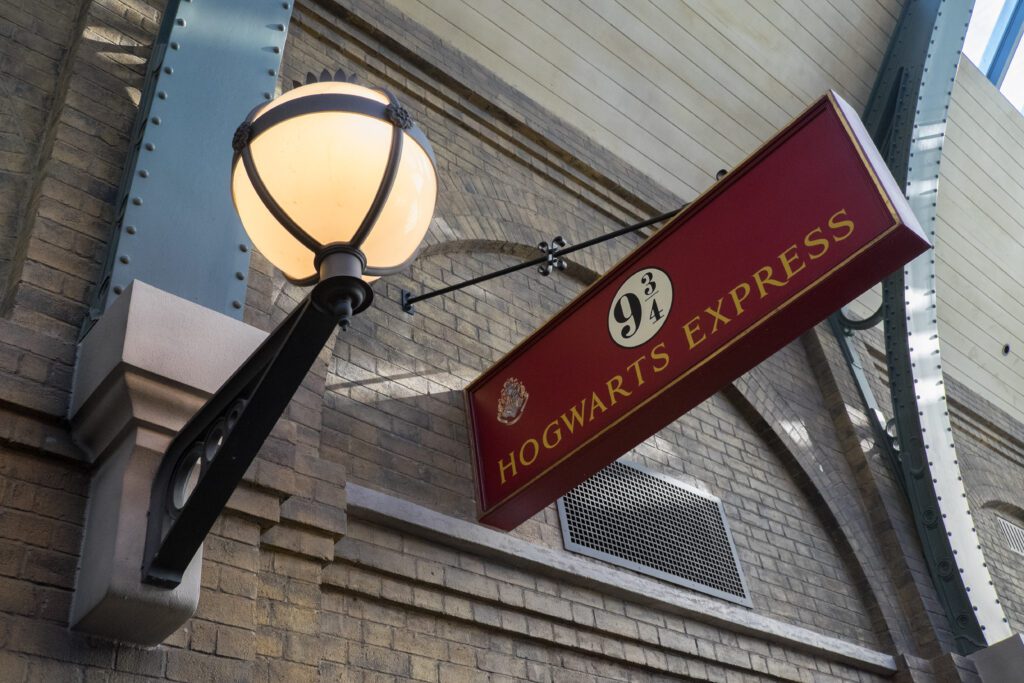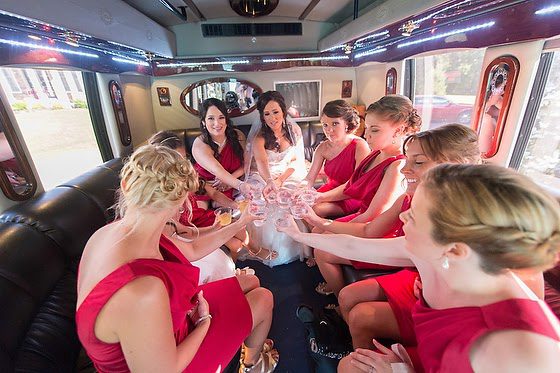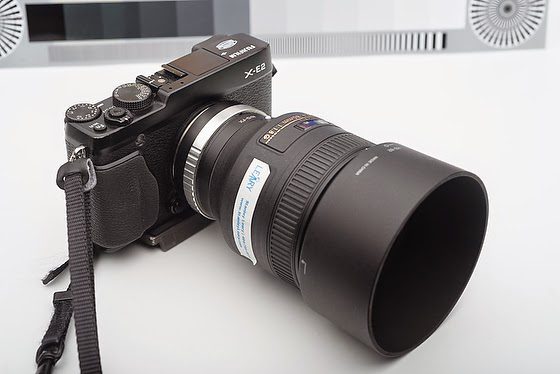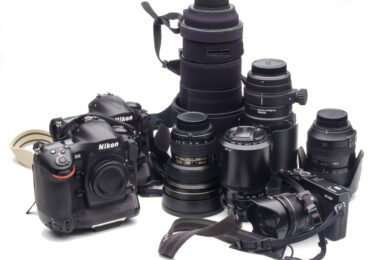| Nikon D4, 14-24mm, ISO 400, ƒ/2.8, 30 sec |
Today I wrap up a week-long training of young photographers from nine different nations who were part of the School of Photographic Communication at the University of Nations here in Kailua-Kona, Hawaii. The photo above is on The Big Island.
I started the week by taking some tourist photos around The Big Island. I had never been to the top of Mauna Kea. Above the clouds, the night skies are often clear and bright, rivaling any other stargazing location in the world!
 |
| Nikon D4, 28-300mm, ISO 12800, ƒ/8, 1/50 |
This photo is of most of the students and staff at the school. We spent much time at the computers this week rather than behind our cameras because I taught them how to use Adobe Lightroom.
 |
| Fujifilm X-E2, 18-55mm, ISO 6400, ƒ/4, 1/140 |
The purpose of this school was to teach not just photographic skills but leadership skills. Paul Childers is one of the school’s founders and leads her to the class on some of the skills for teams.
This class will teach photography, some lighting, a little video, design, and leadership skills so these students can lead communication teams overseas to help document things like human trafficking, orphanages, and other social justice issues.
 |
| Fujifilm X-E2, 18-55mm, ISO 6400, ƒ/3.6, 1/210 |
I chose to break up some of the Lightroom with what I call sidebar topics on photography. I showed them how to use off-camera flash, and I Skyped in three-time Pulitzer prize-winning photographer Anacleto Rapping.
The class is going to the Southwestern Photojournalism Conference in Fort Worth, TX, next month to participate in the student workshop and the rest of the conference.
I offered to meet with each student one-on-one and discuss whatever they wanted to ask me. Here are some of the students who took me up on that offer.
 |
| Fujifilm X-E2, 18-55mm, ISO 1000, ƒ/2.8, 1/500 |
Nadia Otake is from Brazil.
 |
| Fujifilm X-E2, 18-55mm, ISO 640, ƒ/3.6, 1/500 |
Ana Cláudia D’ Carlos who is also from Brazil.
 |
| Fujifilm X-E2, 18-55mm, ISO 1600, ƒ/4, 1/500 |
Joyce Schoonenberg is from Netherlands.
 |
| Fujifilm X-E2, 18-55mm, ISO 5000, ƒ/3.6, 1/500 |
Lisa Peter from Germany also showed me some of her photos.
 |
| Fujifilm X-E2, 18-55mm, ISO 6400, ƒ/3.6, 1/20 |
It has been a fantastic week to get to know the students, see their work, and see their passion for using photography to tell stories of people around the globe.
Teaching helps me grow so much. The students’ questions are intentional and make you think about why you do the things you do. Is this the industry standard, or is this my preference? I don’t want to mislead them and think this is how you have to do something when other photographers do it another way and are thriving.
There is a synergy when you get this many people together studying photography. They are not just learning from the instructor; they know from one another. As this school is doing here, I cannot recommend the value a class with working professionals can make in your life.
They have already had Gary Chapman teach. They also have Robin Nelson, Greg Schneider, and Esther Havens coming later to teach them. Every one of the speakers has already said they wanted to be in the class and hear the other speakers as well.
If you are interested in this type of class, then click here to learn more.
Check back to see how my last day went with the students.

